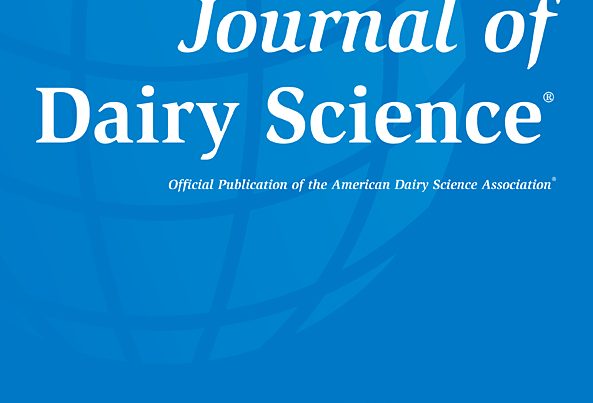Document type : Scientific article published in PLoS ONE
Authors: Ida C. N. Thøfner, Jan Dahl, Jens Peter Christensen
Preview: Keel bone fractures (KBF) in commercial poultry production systems are a major welfare problem with possible economic consequences for the poultry industry. Recent investigations suggest that the overall situation may be worsening. Depending on the housing system, fracture prevalences exceeding 80% have been reported from different countries. No specific causes have yet been identified and this has consequently hampered risk factor identification. The objective of the current study was to investigate the prevalence of KBF in Danish layer hens and to identify risk factors in relation to KBF in all major productions systems, including parent stock production. For risk factor identification, production data from the included flocks was used. In total, 4794 birds from 40 flocks were investigated at end-of-lay. All birds were euthanized on farm and underwent inspection and palpation followed by necropsy. All observations were recorded and subsequently analysed using the SAS statistical software package. In flocks from non-caged systems, fracture prevalence in the range 53%-100%, was observed whereas the prevalence in flocks from enriched cages ranged between 50-98%. Furthermore, often multiple fractures (≥4) were observed in individual birds (range 5-81% of the birds with fractures) depending on the flock. The localization of the fractures at the distal end of the keel bone is highly consistent in all flocks (>96%). Macroscopically the fractures varied morphologically from an appearance with an almost total absence of callus, most frequently observed in caged birds, to large callus formations in and around the fracture lines, which was a typical finding in non-caged birds. Despite being housed under cage-free conditions, parent birds had significantly fewer fractures (all flocks were 60 weeks old) per bird, than other birds from cage-free systems. The body weight at end-of-lay had an effect on the risk of having fractures, heavy hens have significantly fewer fractures at end-of-lay. The older the hens were at onset of lay, the lower was the flock prevalence at end-of-lay. Additionally, the daily egg size at onset of lay was of importance for the risk of developing fractures, the production of heavier eggs initially, resulted in higher fracture prevalence at depopulation. The odds ratio of body weight, (+100 g) was 0.97, age at onset of lay (+1 week) was 0.87 and daily egg weight at onset (+1 gram) was 1.03. In conclusion, the study demonstrated a very high prevalence of KBF in hens from all production systems and identified hen size, age at onset of lay and daily egg weight at onset of lay to be major risk factors for development of KBF in the modern laying hen. Further research regarding this is warranted to strengthen the longevity and enhance the welfare of laying hens.






